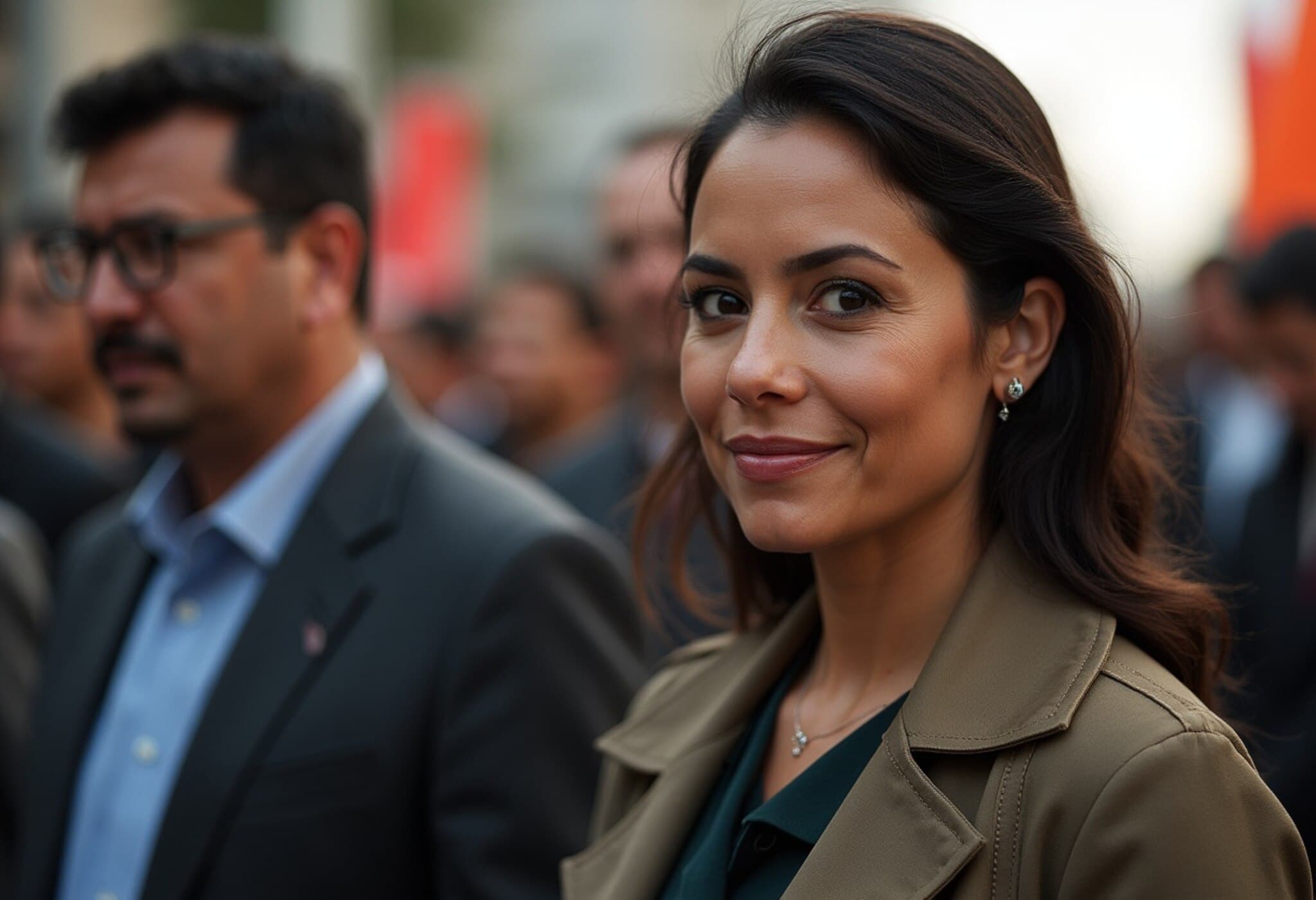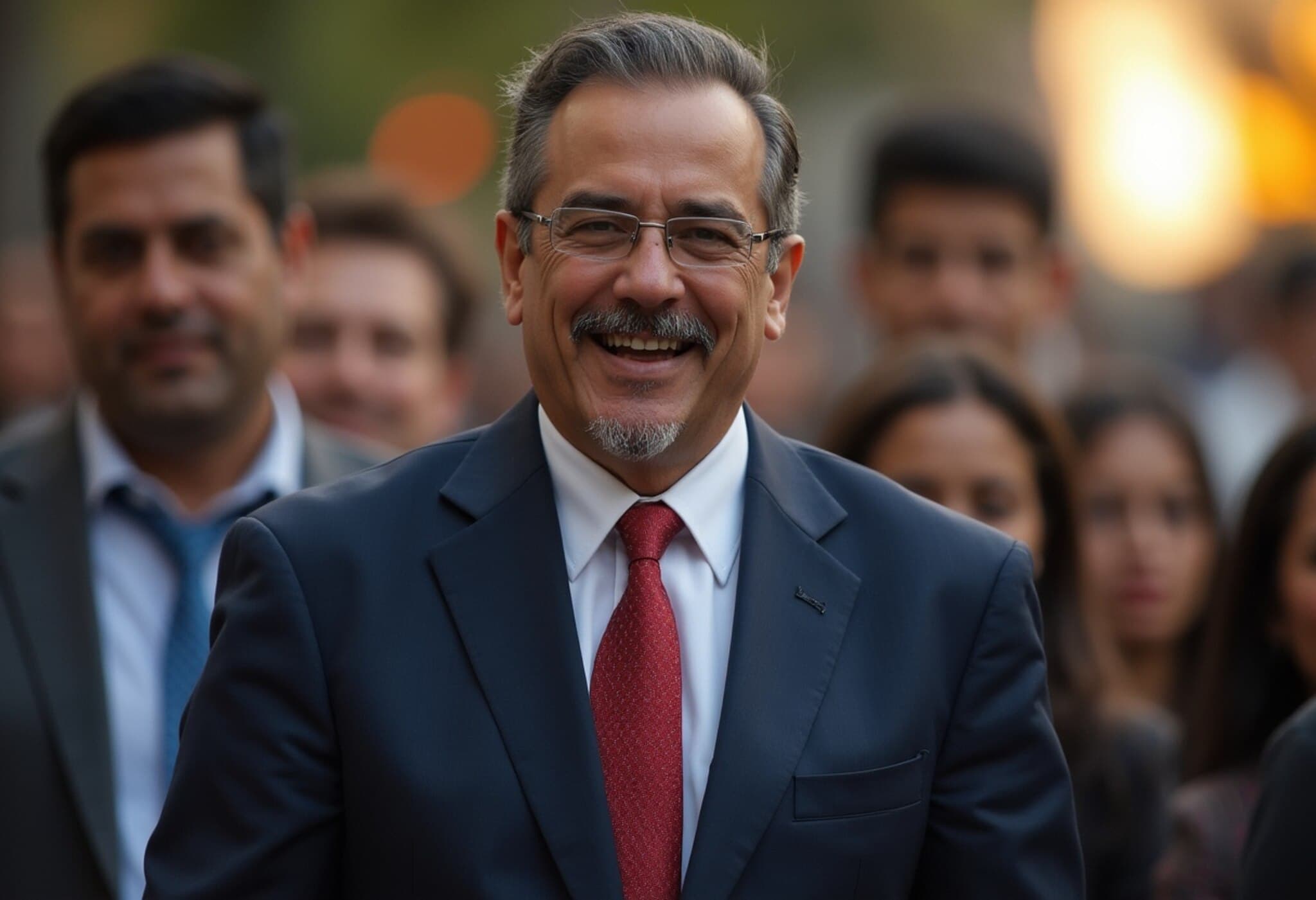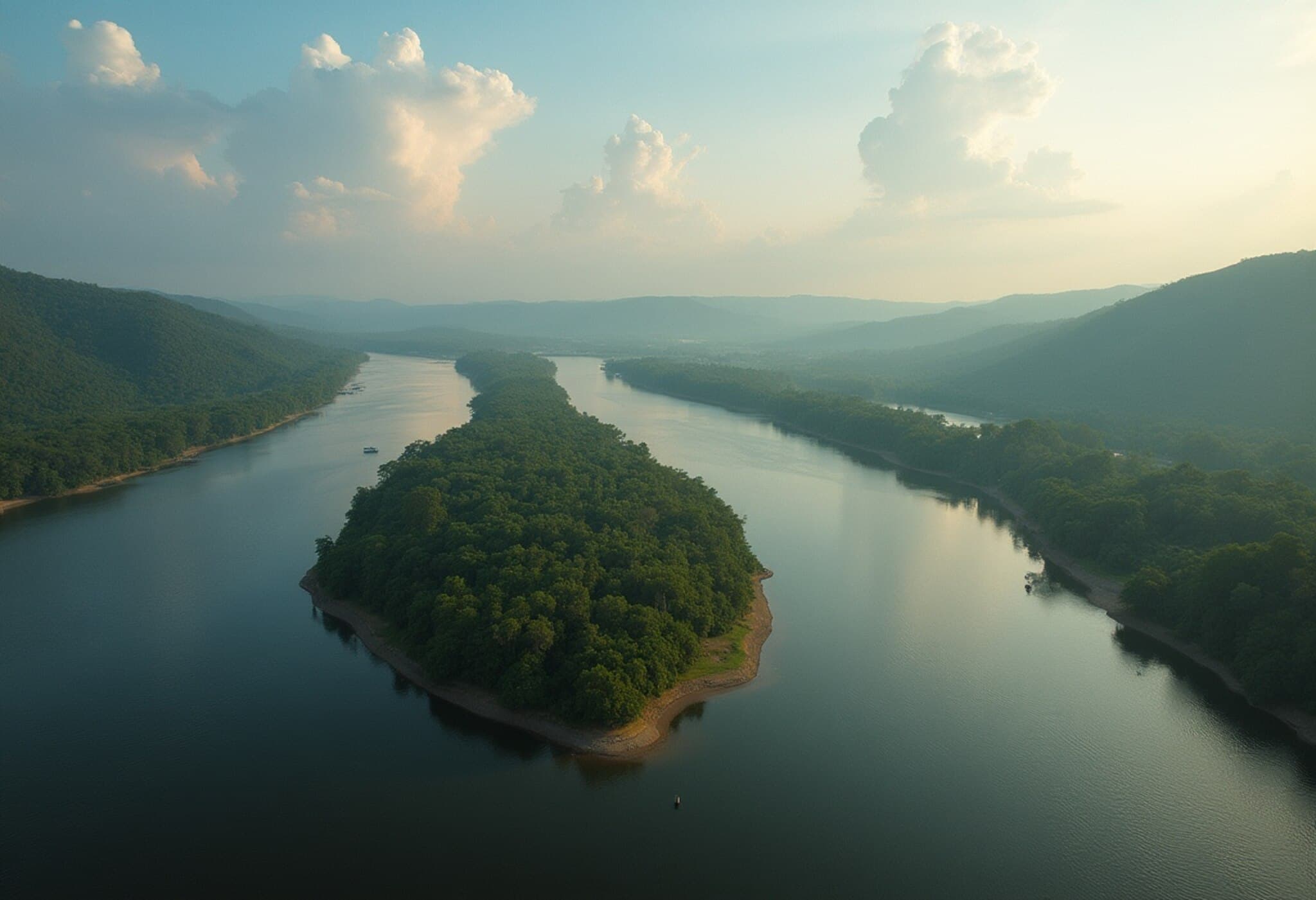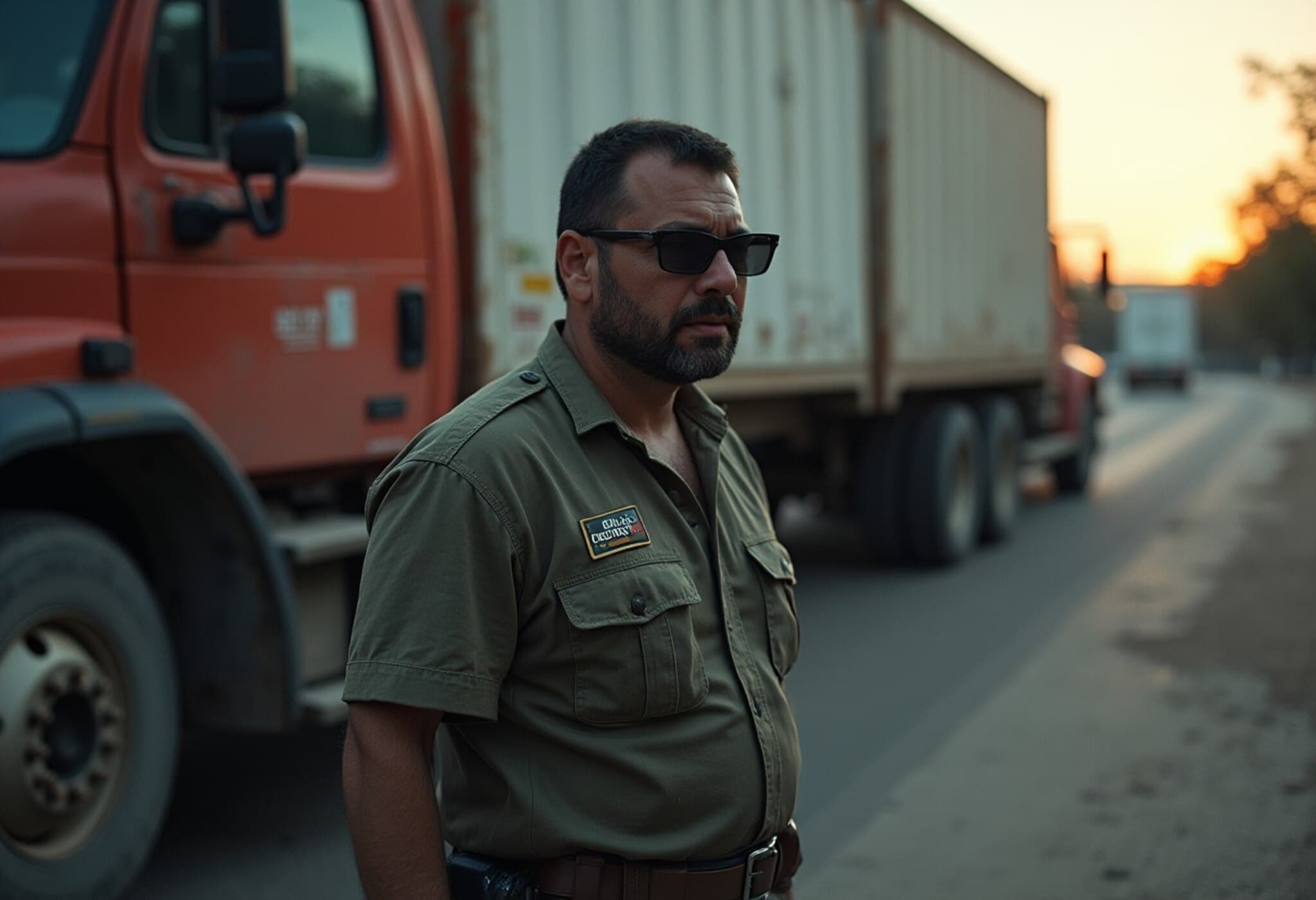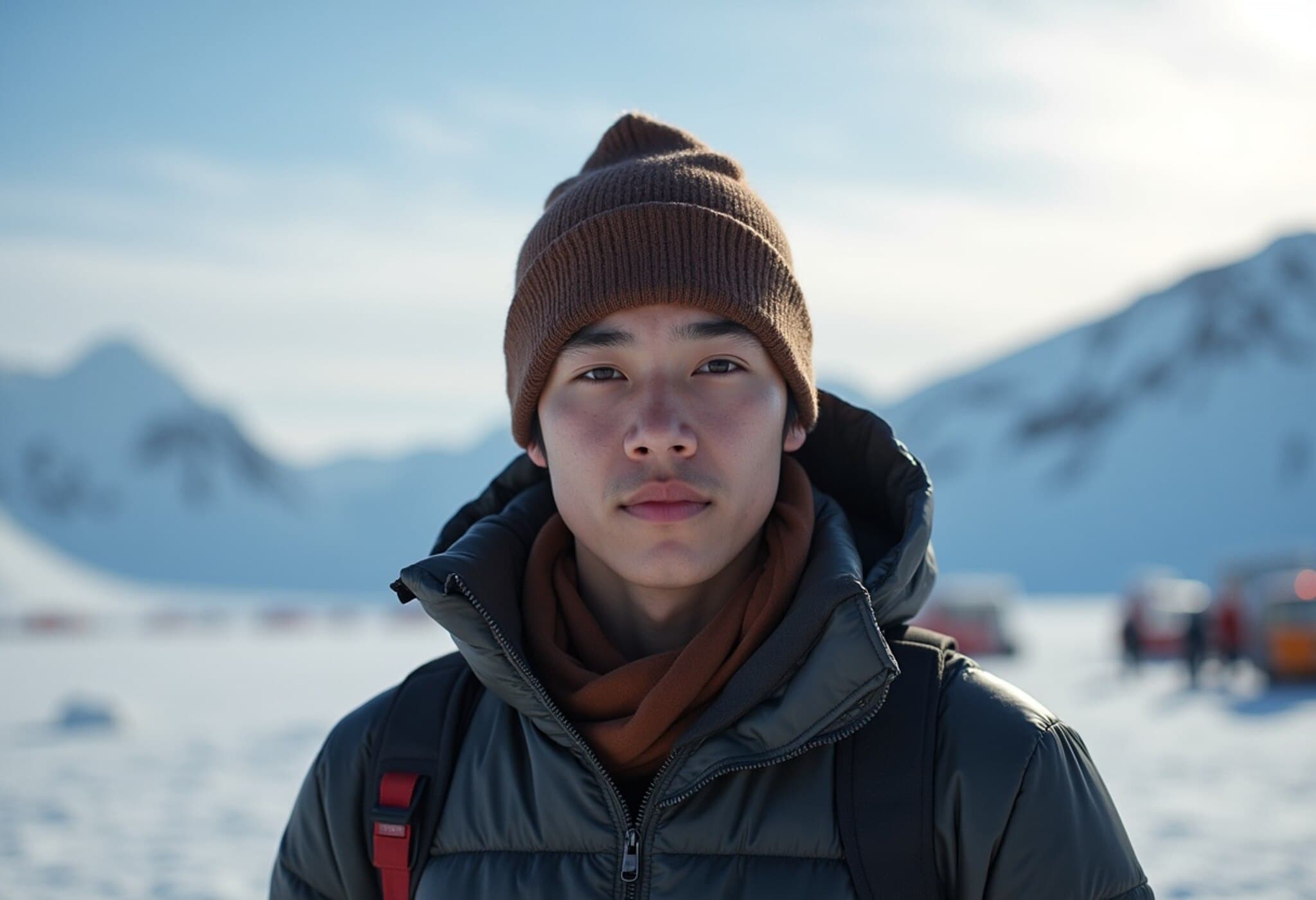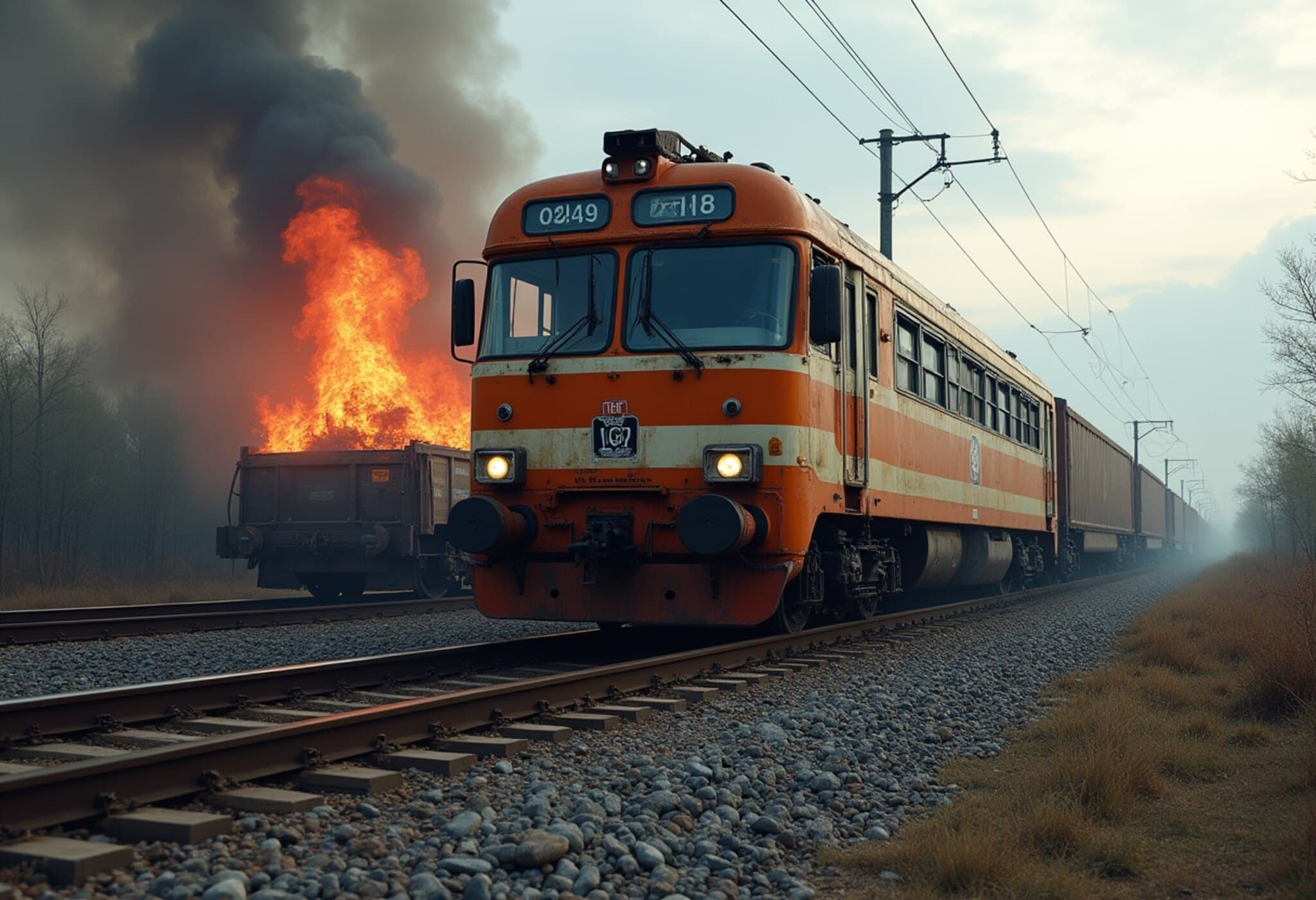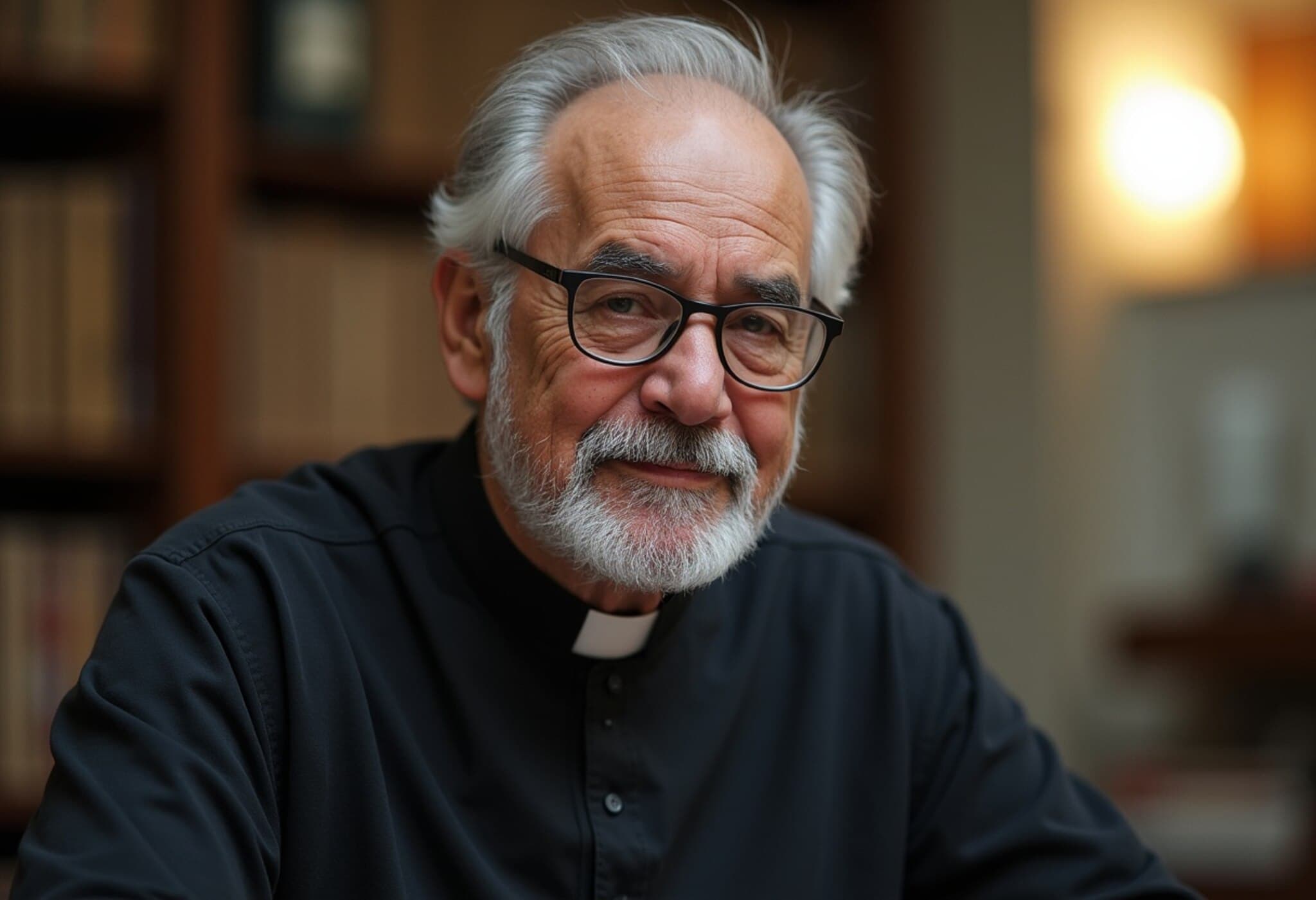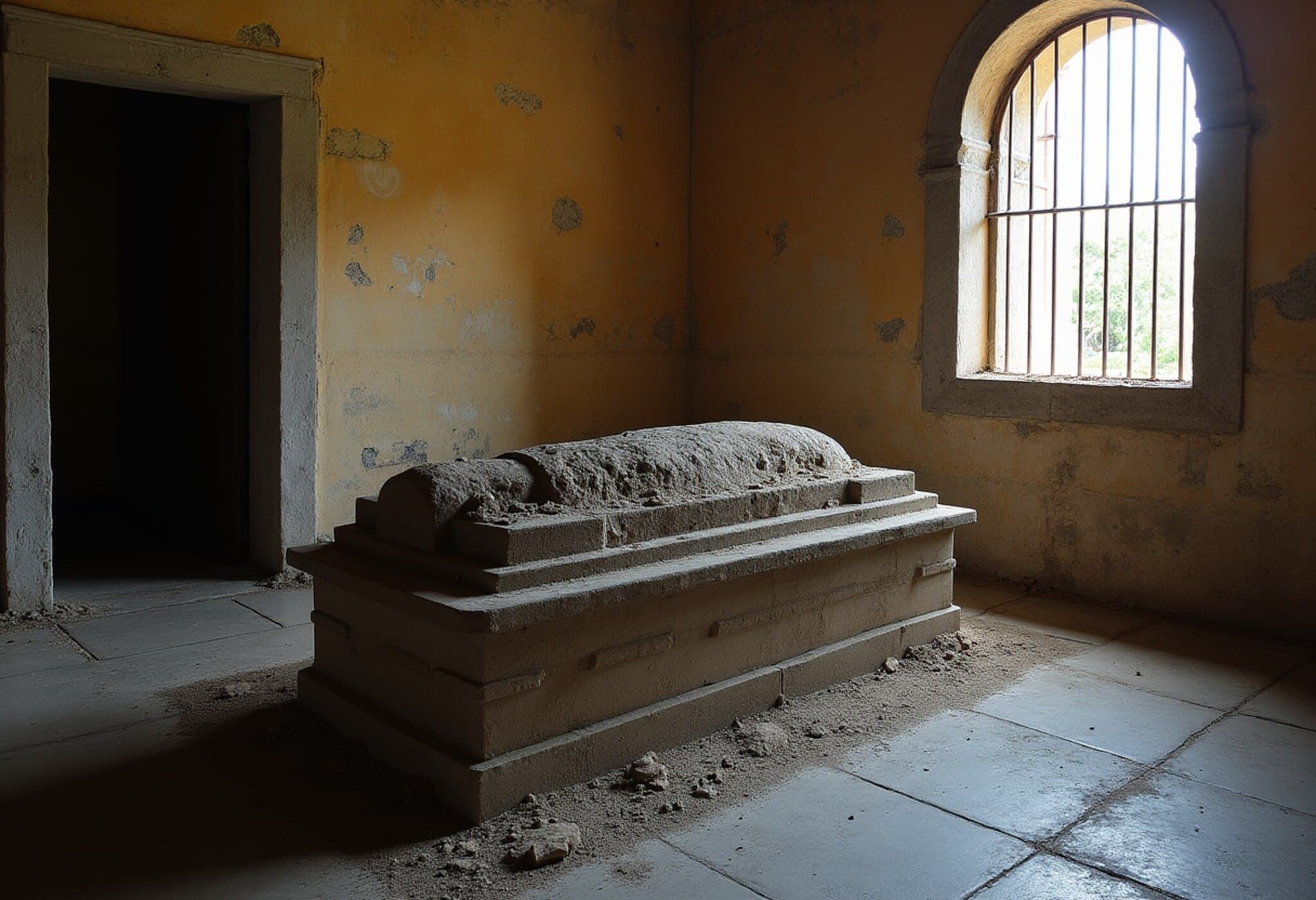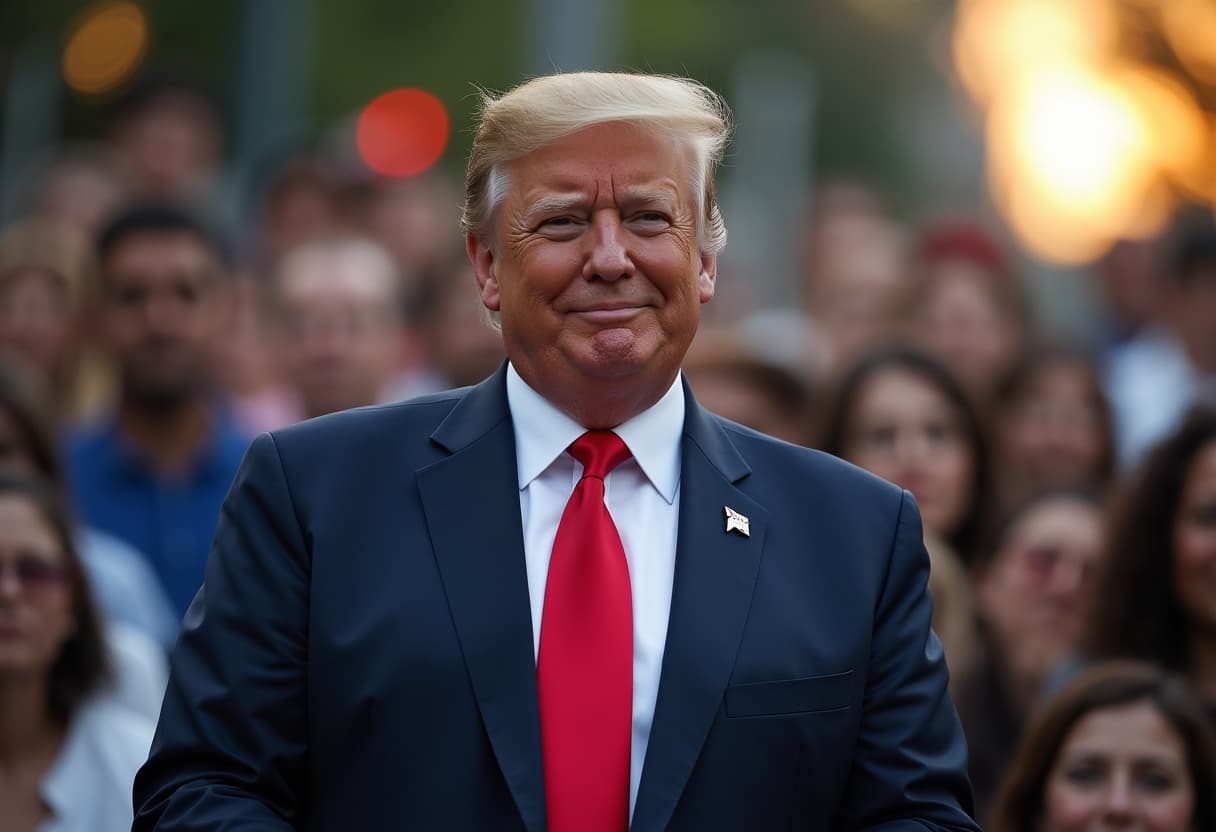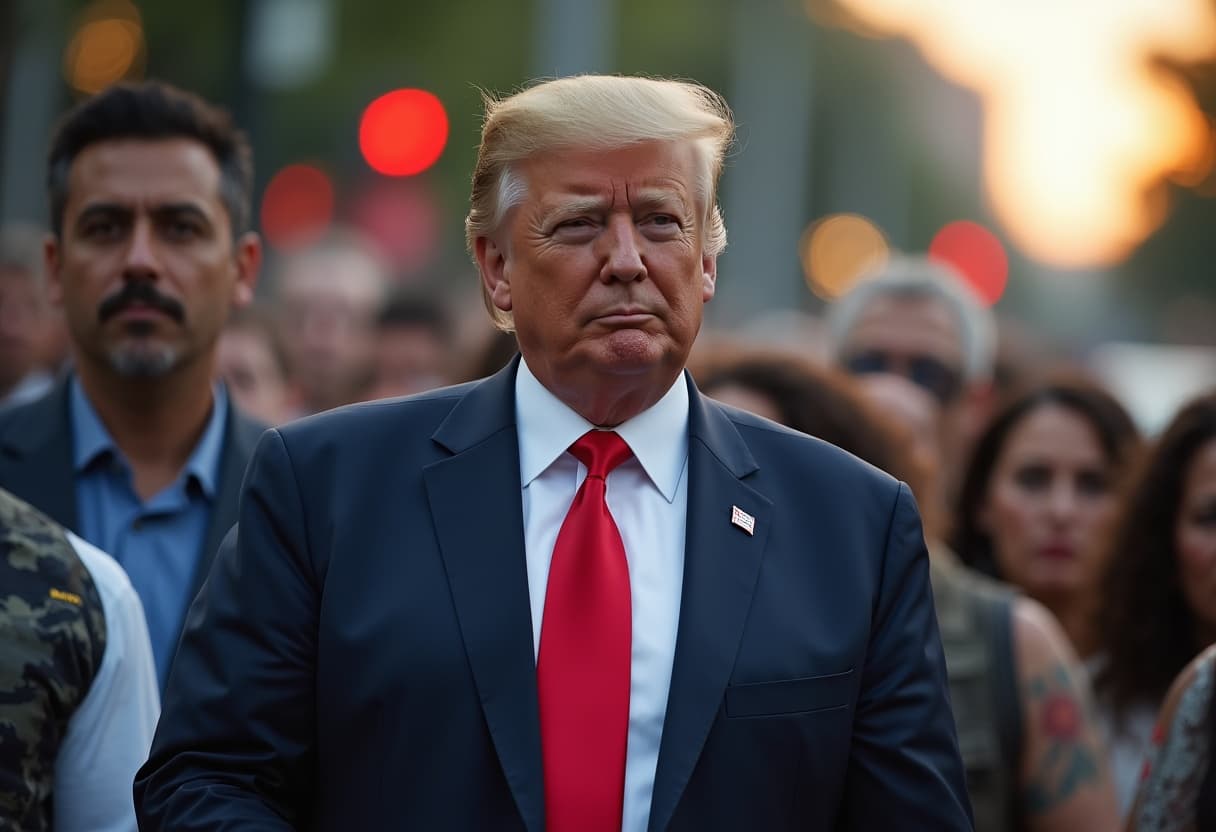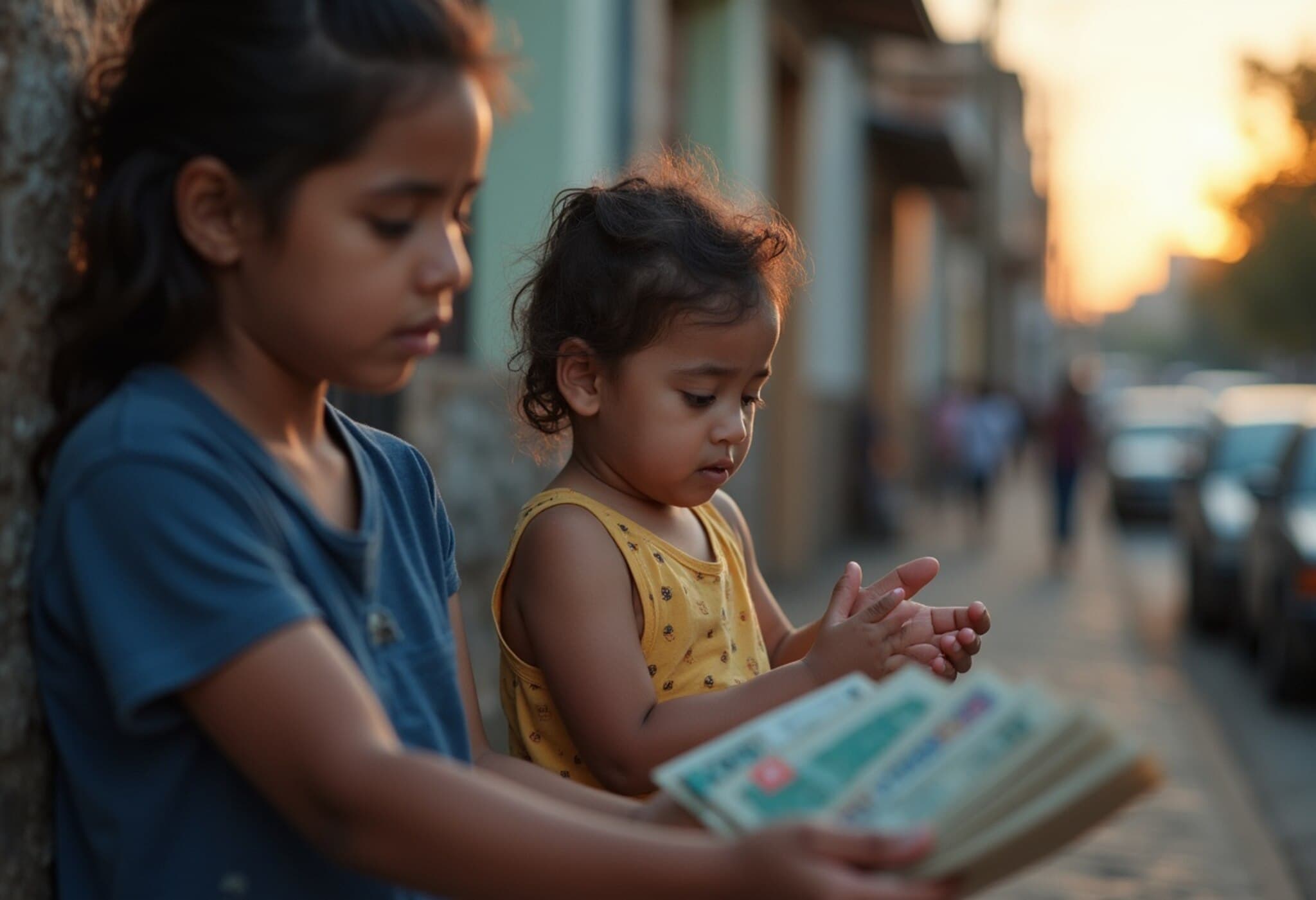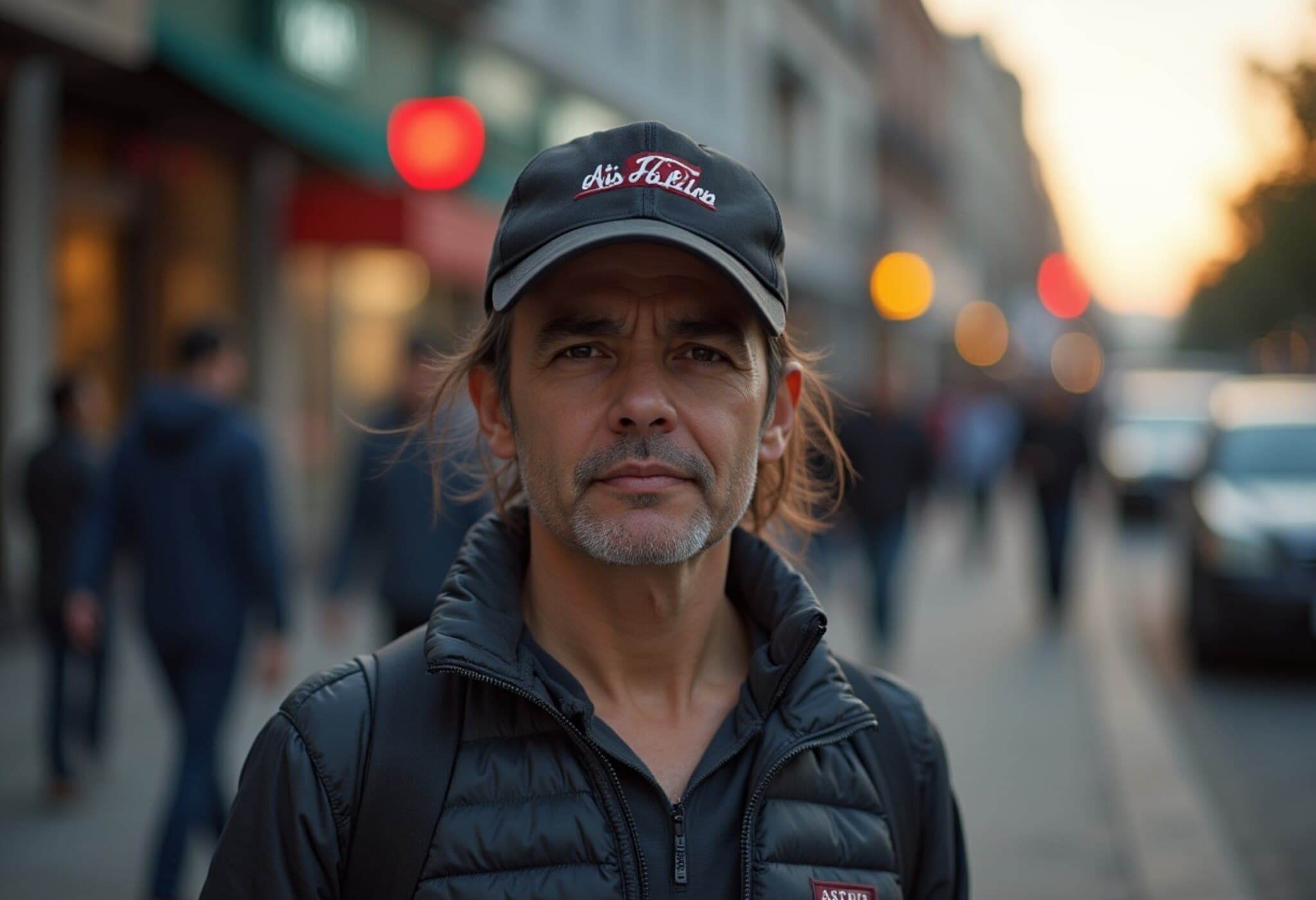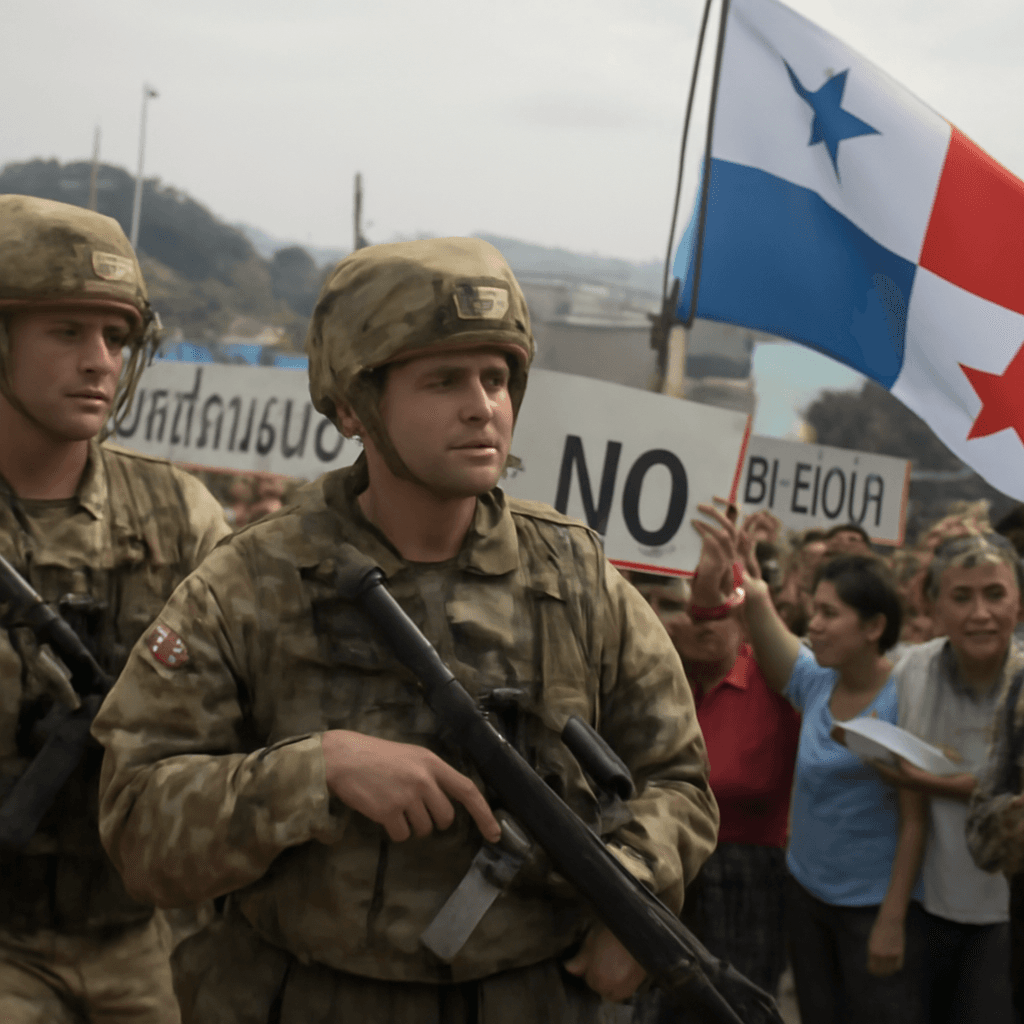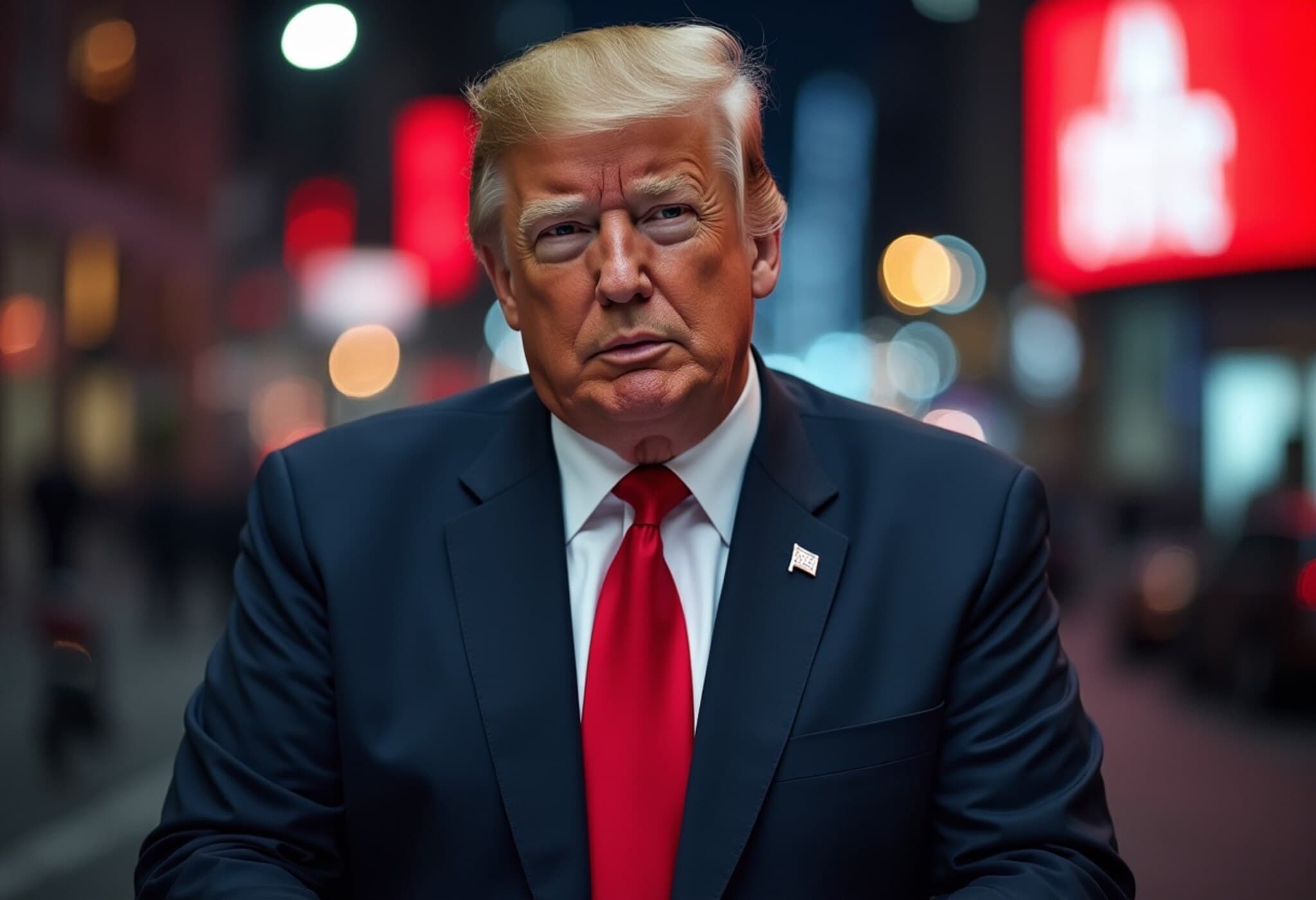The Loyalists Turned Targets: Nicaragua's Political Purge Deepens
For decades, Daniel Ortega wasn’t just a president; he was a revolutionary icon in Nicaragua. Alongside his wife and co-president, Rosario Murillo, Ortega led the Sandinista movement in the 1970s to overthrow a tyrannical dictatorship, promising a new era of justice and equality for the nation. Yet, just as history once saw allies unite to topple oppression, today, those same allies find themselves in the crosshairs of an increasingly autocratic regime.
From Comrades to Crushed Hopes
The loyalty that once bonded members of the Sandinista party has eroded under Ortega and Murillo's tightening grip on power. High-ranking military officials, members of the original Sandinista national directorate, and even relatives are now accused of trumped-up crimes or detained—often without due process. This purge signals a chilling message: no one outside the Ortega-Murillo family will be allowed to ascend politically.
Rosario Murillo: The Real Power Behind the Throne
While Daniel Ortega’s name commands headlines, Rosario Murillo is widely understood to be the driving force behind Nicaragua's current political landscape. Her influence pervades every institution, and her pursuit of absolute control has transformed Nicaragua into one of Latin America’s most oppressive states. The purge of Sandinista loyalists is viewed by many analysts as Murillo’s strategic move to eliminate rivals and consolidate power.
Contextualizing Nicaragua’s Political Turmoil
In the broader regional context, Nicaragua stands out amid waves of democratic backsliding across Latin America. Its crackdown on dissent echoes tactics used in authoritarian regimes worldwide, including suppression of free speech, mass incarcerations, and eroding judicial independence.
The United States and international human rights organizations have expressed deep concerns, warning of escalating instability that could have ripple effects in Central America. Economically, Nicaragua is already struggling; ongoing political oppression threatens to exacerbate brain drain and discourage foreign investment, impacting millions of citizens' livelihoods.
Underreported Voices and Regional Implications
- The Silenced Sandinistas: Former allies who helped usher in the revolution are often marginalized in international coverage, yet their plight highlights the perils of revolutionary movements succumbing to authoritarianism.
- Civic Society’s Challenges: Independent media, activists, and NGOs face extreme risks, with many forced underground or into exile.
- Impact on Migration: Political repression fuels waves of emigration, driving Central American migration pressures that the U.S. must reckon with.
What’s Next for Nicaragua?
The trajectory suggests Ortega and Murillo intend to sustain their family’s monopoly on power, with no tolerance for internal dissent. This raises pressing questions about the future of democratic institutions in Nicaragua and the wellbeing of its citizens.
Will international pressure be sufficient to prompt reforms or accountability? Or is Nicaragua an example of a broader global trend where revolutionary ideals harden into dynastic control? Time will tell, but the unfolding drama carries profound lessons for governance, loyalty, and the fragile nature of freedom.
Editor’s Note
Nicaragua’s unsettling evolution—from a symbol of hope in overthrowing dictatorship to a cautionary tale of internal purges—underscores the complex dynamics of revolutionary power. This story invites readers to reflect on the fragile line between liberation and oppression and the human costs borne when allies become adversaries.
As the international community watches closely, understanding the nuanced regional and geopolitical factors at play is critical. Policymakers and observers alike must ask: how can global actors support democratic resilience without infringing on national sovereignty? And importantly, how can the voices of silenced Nicaraguans be amplified on the world stage?

